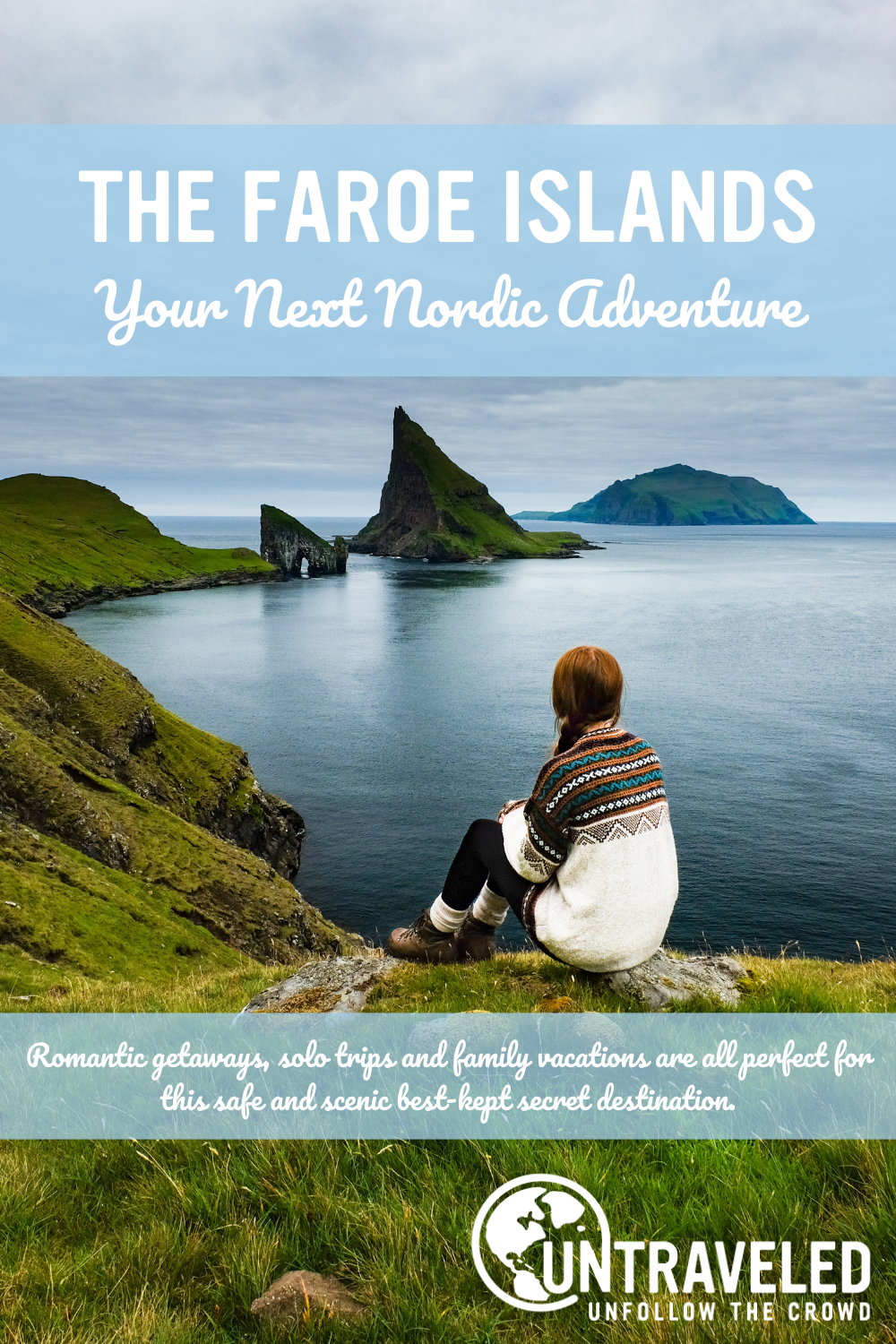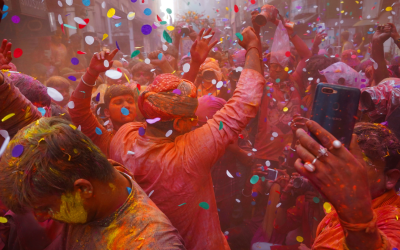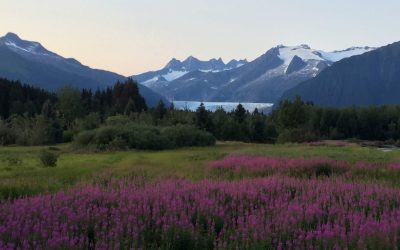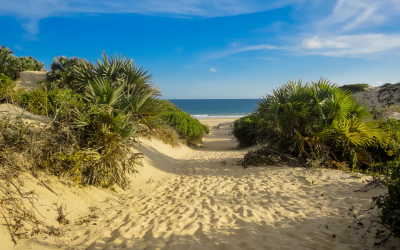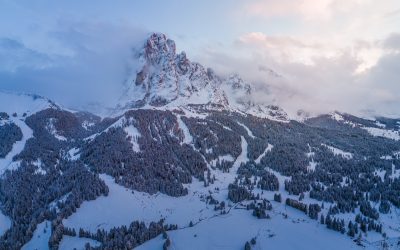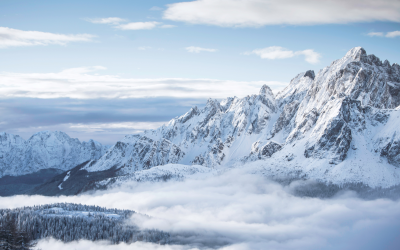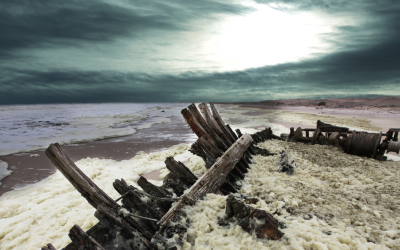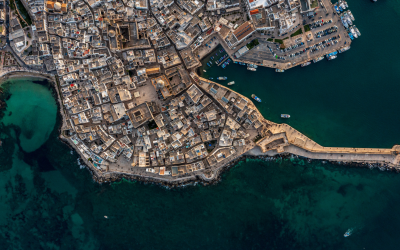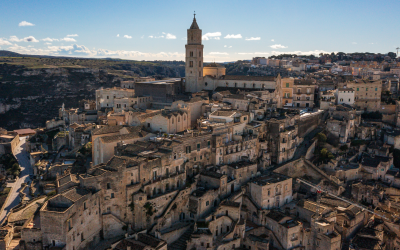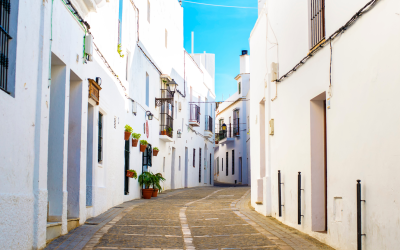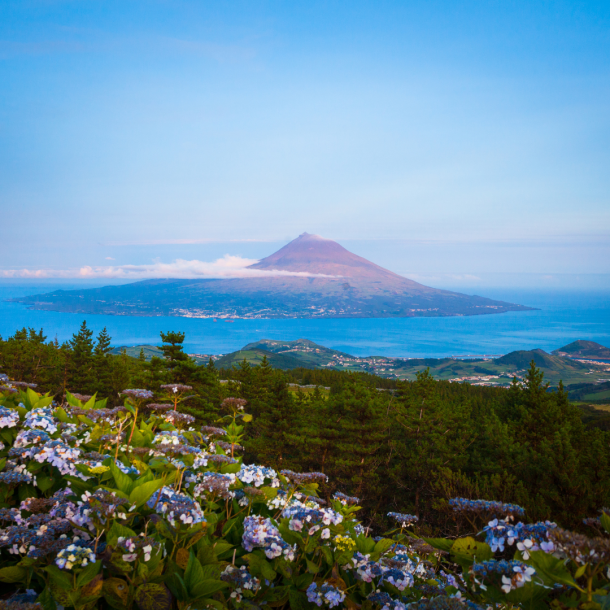Welcome to the Faroe Islands, home to mist-shrouded mountains and sheep-grazing moors. We’re not sure what’s more colorful, the local folklore or the seaside cottages. Romantic getaways, solo trips, and family vacations are all perfect for this safe and scenic best-kept secret destination. Keep reading to find out everything you need to know about planning your visit.

Where are the Faroe Islands?
The Faroe Islands are an autonomous nation of Denmark located in the North Atlantic Ocean roughly between Scotland and Iceland. The archipelago has 18 islands made of volcanic rock. The terrain is rugged, with towering mountains and high cliffs that are battered by the chilly surrounding seas.
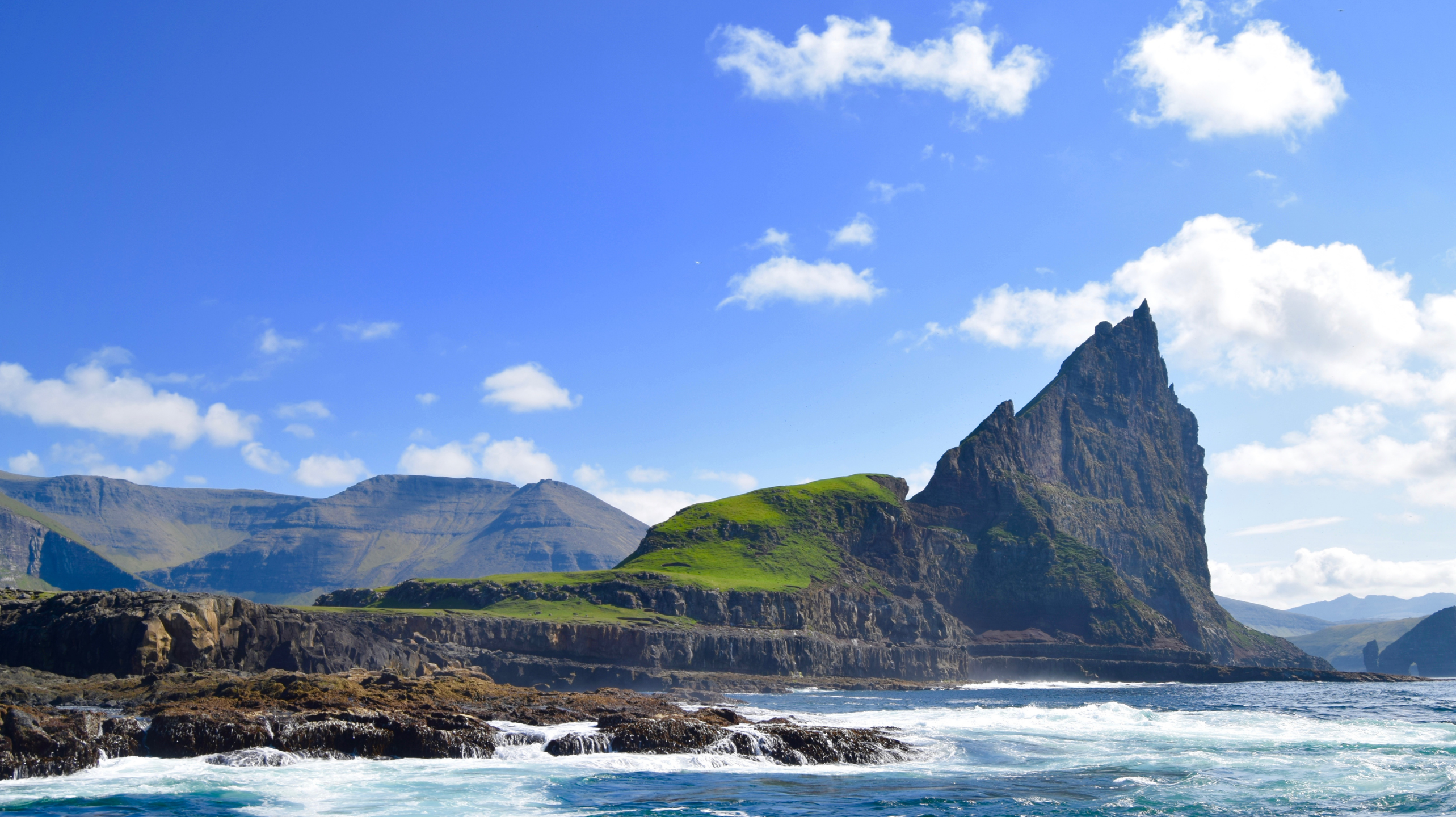
How to Get to the Faroe Islands
Getting to the Faroe Islands is easier than you think! Though remote and relatively undiscovered by international travelers, the islands are accessible by plane or boat.
Flights to the Faroe Islands
You can fly to the main airport on Streymoy island from several major European cities, including Reykjavik, Edinburgh, Copenhagen, and Paris.
Faroe Islands Ferry
Alternatively, set sail for the Faroes aboard a ferry cruise. With regular voyages to and from Denmark and Iceland, the ferry is slow travel at its best. Surprisingly luxurious with ample opportunities for marine wildlife watching, the ferry may be the best way to get to the cluster of islands.

Where to Stay
One of the best parts about visiting the Faroe Islands is picking a place to stay. Whether you’re a solo backpacker or on a family holiday, there is an accomodation option to suit your needs.
Faroe Islands Hotels & Hostels
The Faroes are home to several traditional hotels ranging from four-star lodging to boutique and family-owned inns and guesthouses. For budget-minded travelers, a few hostels are also available.
Camping on the Faroe Islands
Feeling adventurous? Camping is an immersive way to expereince the islands. Beware: the weather can be wild, so consider renting an RV for a bit more comfort. And speaking of wild, wild camping is not permitted on the Faroe Islands, so be sure to book one of the designated campsites in advance.

Things to Do in the Faroe Islands
From extreme outdoor sports to a Nordic culture steeped in history and tradition, there’s much to discover once you arrive on the Faroes.
Embrace Outdoor Activities
Outdoor activities are one of the best ways to enjoy the Faroe Islands. Surfing and diving are popular water activities, or test your angling skills on a fishing charter. Adrenaline junkies enjoy extreme sports like climbing, cliff jumping, and speed boating.
If you prefer to stay ashore, horseback riding and birdwatching are also fun things to do. Hiking is the simplest way to explore, with waterfalls abound. Rent a bike and take it on the ferry with you for easy island hopping on a bikepacking adventure. In the warmer months, catch a glimse of the colorful bills of Atlantic puffins nesting in the cliff faces. In contrast, the colder months boast an increased likelihood of Northern Lights sightings.
Faroese Culture
Folklore plays an integral role in Faroese culture. Epic tales full of whimsy and mystique are all represented in song, dance, visual arts, and storytelling. Like many Scandinavian nations, heavy metal music is also popular among locals.
In addition, nature is at the center of daily life in the Faroes. As a result, there are ample agri-tourism opportunities on the islands, from fishing excursions to complete farm-to-table experiences. Capture the unparalleled beauty with a photography tour or discover local craftsmanship ranging from woolwork to shipbuilding.

Do People Live on the Faroe Islands?
Of course! The Faroe Islands have a population of about 50,000 people. It’s not entirely clear who first inhabited the isles, but evidence of human presence dates back to 300 A.D. Vikings arrived several hundred years later and named the area Faereyjarhave, modernized to Faroe Islands, which translates to “sheep island.” Today, the people are still outnumbered by sheep, but luckily they’re friendly neighbors. The people speak Faroese, a derivative of ancient Norse. While most locals also speak excellent English, it’s always best practice to learn a few native phrases and words despite language barriers.
The Faroese directly reflect the unique land they inhabit. Unyielding to the harsh elements, the people here are warm, inviting, and profound. Reverence for tradition is balanced with progressive and sustainable lifestyles. For instance, the oldest inhabited wooden house in the world is on the Faroes and 50% of all electricity comes from renewable energy sources.
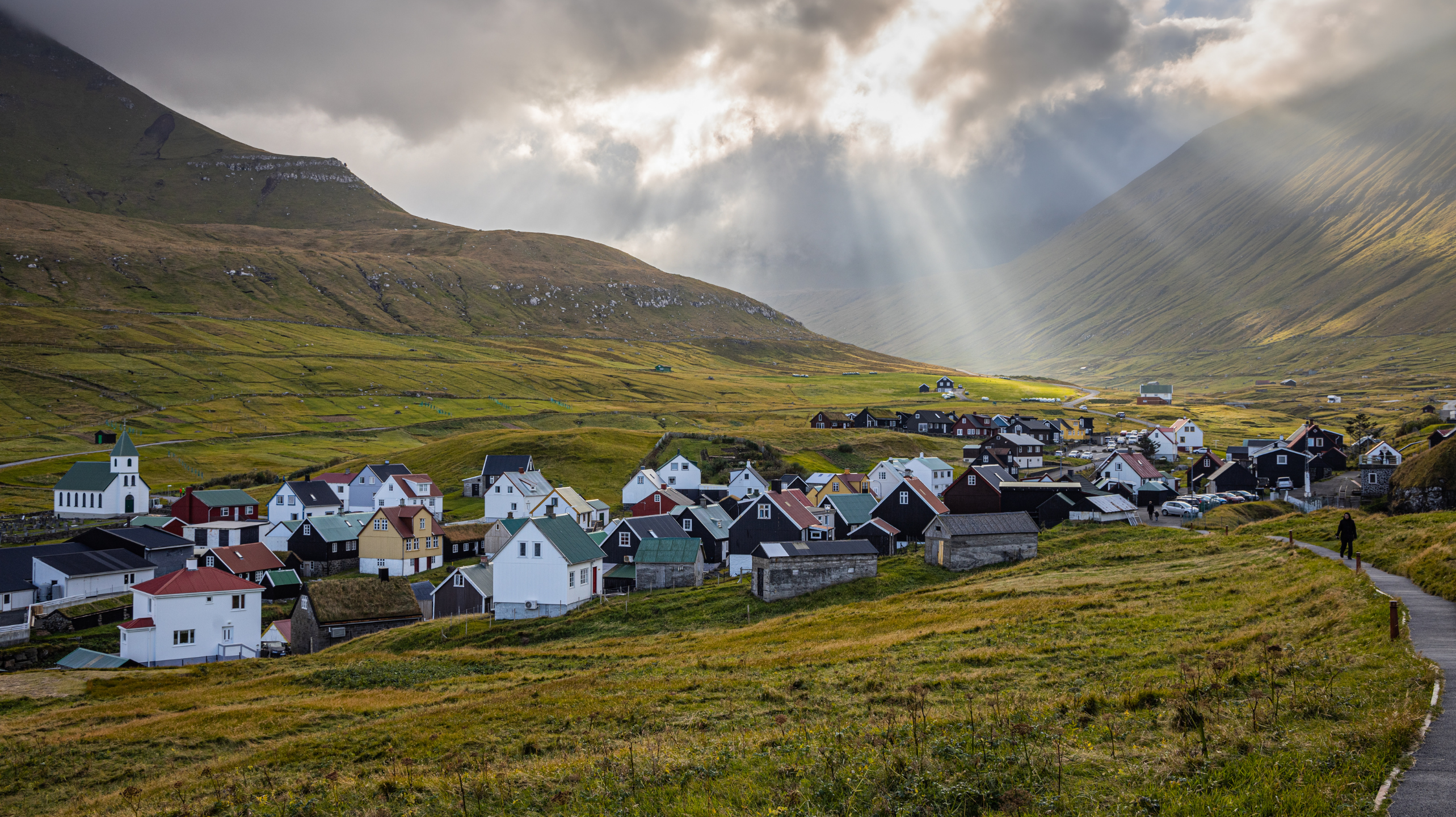
In the Faroe Islands, the people are as impactful as the natural beauty. Prepare to slow down, connect, and reflect during your trip to Europe’s hidden gem that’s worth the work to get to.

